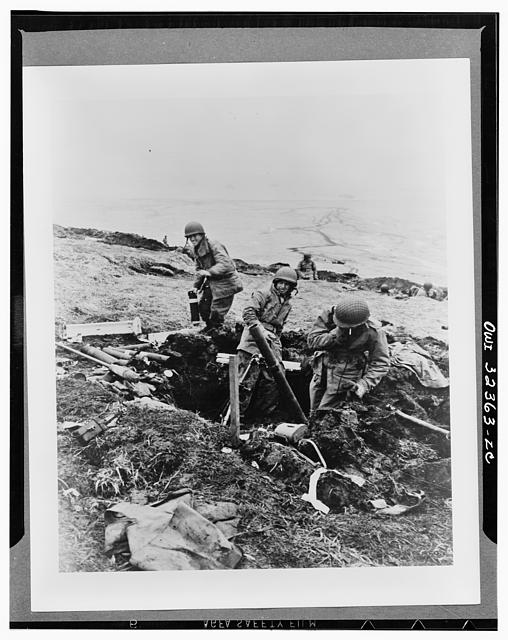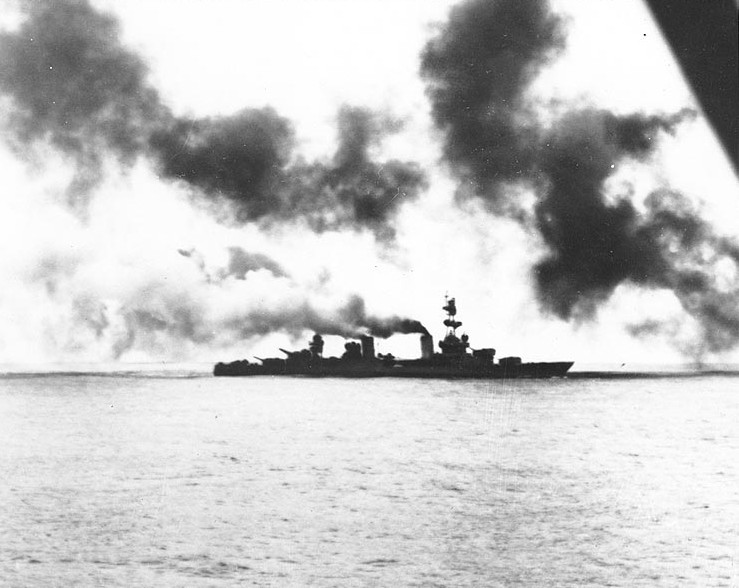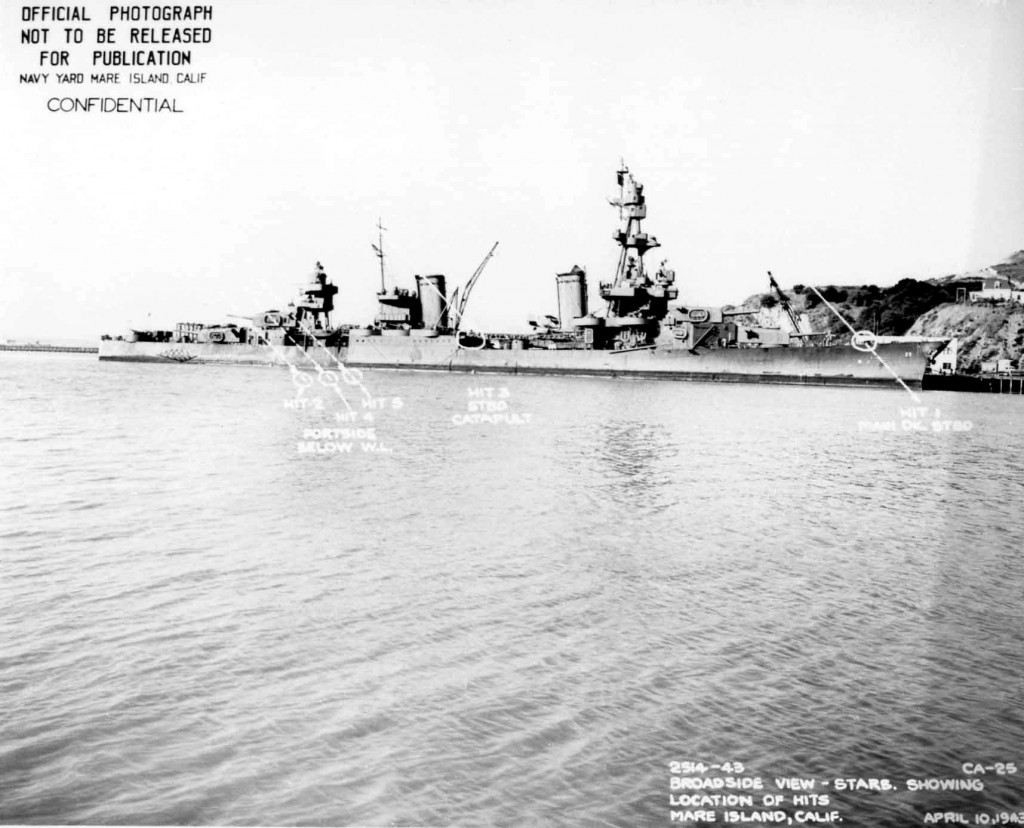Invasion of Attu

Attu, Aleutian Island, June 4, 1943. Soldiers hurling their trench mortar shells over a ridge into a Japanese position. Library of Congress image.
May 11, 2013, marks the 70th anniversary of the beginning of the Battle of Attu. The largest of the Near Islands of Alaska, Attu was the site of the only land battle fought on an incorporated territory of the United States during World War II.
The Japanese Northern Army had taken Attu unopposed in June 1942. Fearing that the island would be used as an airbase to launch strikes along the West Coast of North America, the United States initiated Operation SANDCRAB.
Over 1,000 miles from mainland Alaska, Attu’s bedfellow is extremely hostile weather, and the challenges confronting SANDCRAB were colossal. Turgidly confident, American commanders were convinced superior air and naval forces would rid the island of a majority of enemy forces. The day of the landing unremitting fog had enshrouded Attu, reducing the effect of air and naval strikes. American soldiers were met with violent opposition the moment their boots hit the ground.
And those boots might as well have been sandals! Soldiers of the 7th Infantry Division waded ashore clad in gear suited more for the sun-basted beaches of California than the frigid air of Attu. Commanders were aware of this, but regarded Attu as an island easily won. Days surely would not turn to weeks. The environmental forces that produce frostbite would be outgunned, outnumbered and wholly avoided by taking Attu quickly.
Unfortunately frostbite took its toll while brutal environmental forces pounded Americans already beset by entrenched Axis forces.
The advance into the interior took weeks not days, as American troops were hindered by extremely bitter weather conditions and a determined foe. The Americans did push forward and the end finally did arrive when Japanese Colonel Yasuyo Yamasaki, realizing Attu had been lost, ordered the last of his troops to conduct a banzai charge. The Colonel himself lead the ill-fated charge and was killed with sword firmly in hand.
When the bloodletting had finally ceased, 2,351 Japanese and 549 Americans were dead.
By clearing the Western Hemisphere of Japanese forces, the Western United States were free from threat and an ebullient sense of security prevailed. But the cost of human life was high, and the Aleutian Islands never factored into an American invasion plan of mainland Japan. Bored American troops stationed there spent the remainder of the war puffing on their cigarettes and kicking the dry earth beneath their feet.
Posted by Ryan Casalino, Interactive Content Intern.
Read Staff Sergeant James A. Liccione, Sr.’s personal account of the Aleutian Campaign.




